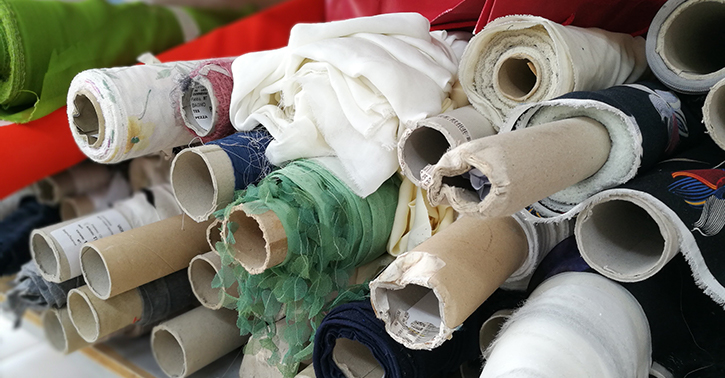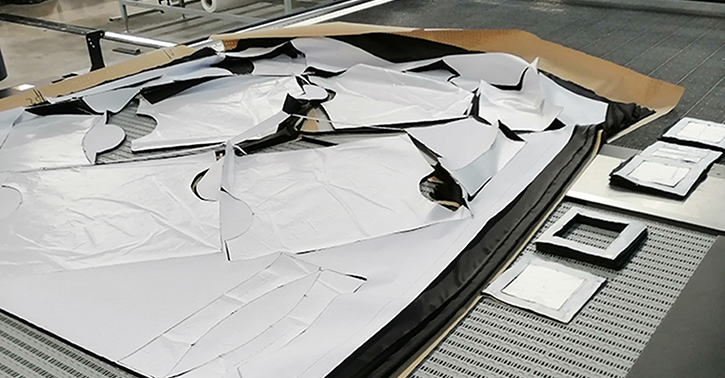APPAREL SAMPLING
The sampling process relies on two essential items: the paper pattern (or cutting layout) and the techpack.
The paper pattern can be provided by the customer, or we can develop it having a sample or a measurement chart as a starting point.
A techpack is a document containing all the information needed to make a fashion product. It provides detailed data about fabrics and materials, construction, and measurements.
Techpacks are regularly updated following the different product development steps and shared with the customer for review and approval.
The next step is prototype making: This is the first sample used to assess the look and the fitting; this is a non-refined sample non-suitable for sales or showcasing.
Sometimes we skip the prototyping step and move straight to final – SMS samples (i.e., the designer doesn’t need it, recurring and iconic pieces, etc.)
SMS (SalesMan Sample) is a crucial tool for fashion business: this is the final sample used us sales in runway shows and sales campaigns. It must be almost perfect (some changes are allowed at the pre-production stage) and fully refined in all details.
APPAREL PRODUCTION
After a Purchase order is an issue by the customer, we move forward with (if required) a PPS (Pre Production Sample).
Once such a sample approved, we go through the production process following these steps:
Fabrics and materials management: Fabrics and materials are received, registered into our information systems and warehouse, then dispatched to production plants.
Fabrics relaxing and quality control: This crucial step allows the material to relax and contract before being cut to facilitate stability and avoid shrinkage.
We adopt manual fabric relaxing, by loading the bolt of fabric on a spinner and manually feeding it through a machine that relieves tension in the fabric as it is pulled through.
This is the moment we run the first of many quality controls, visually checking the standards; fabrics that do not meet such quality standards are returned to the manufacturer.
Spreading and Cutting: fabric is transferred to the spreading and cutting division to be cut into uniform plies after being manually spread in preparation for the cutting.
This step (actually a second quality control) allows us to identify fabric defects, control the tension and slack and ensure each ply is accurately aligned on top of the others.
The number of plies in each spread depends on many factors: fabric type, spreading method, cutting equipment, and size of the garment, etc.
Next, cutting layouts are laid out on top, and the fabric is cut to the required shape using either manually operated cutting equipment or a computerized cutting machine
Sewing: Stitching or sewing is done after all the cut pieces are grouped by size and color.
Usually, our employees receive a bundle of fabric panels to sew the same part of the garment.
Another quality check is done at the end of the sewing process; if needed, the garment is sent back to sewing stations.
Quality control and faults fixing: cosmetic flaws, stains, or other spots are marked with a sticker and cleaned with steam, hot water, or other chemical removers.
Sometimes garments need to be laundered in facilities equipped with washers, spinners, and dryers. For some kind of apparel (i.e., Denim), additional capabilities are required to perform unique treatments, such as stone or acid washing.
Since laundering is done by highly sophisticated washing machines and requires high skill expertise, we outsource such a process to external, eco-sustainable facilities.
Fusing and Pressing
Fusing and pressing are the two final and most important processes to achieve the finished look of a garment.
Our ironing platform is equipped with a ventilation system that draws steam outside the room, maintaining a comfortable temperature and moisture ratio during all seasons.
Packaging and Shipping: garments are folded, tagged, sized, and packaged according to the customer’s packaging manual and then shipped out to final, worldwide, destinations.



